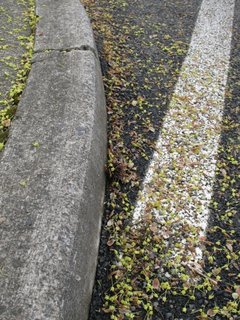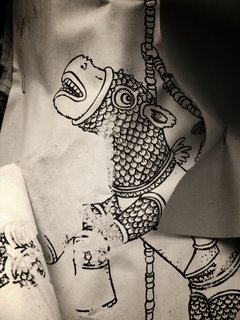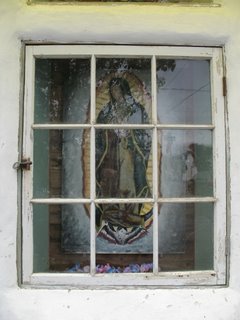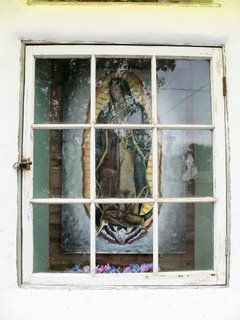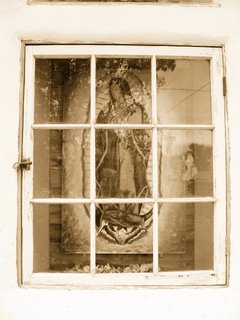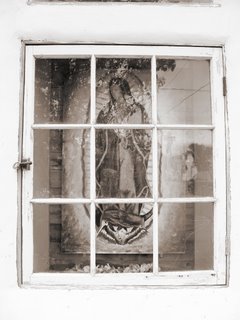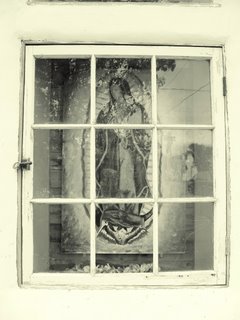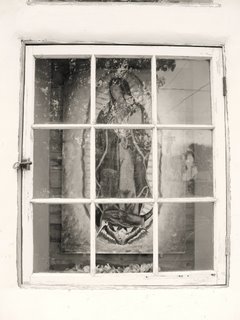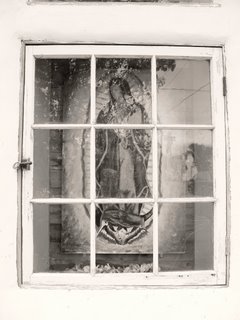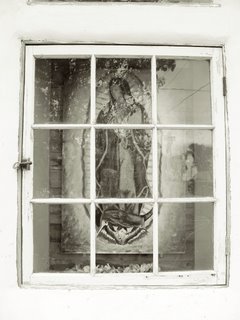There were several formulations of this paper. The one I like contains warm tones throughout. I have one surviving print of my grandfather and the image is just about perfect.
Using GIMP Sampling I was able to take a scanned copy of the print (in color, of course), and apply the tone sample to a standardized black and white gradient. I don't know if the scanner was able to faithfully capture the original colors, so I modified the gradient colors slightly to get the gradient to match my monitor's coloration.
First, here is a copy of the image that uses Ken Lee's Bronze Quadtones.

Here is a copy of the image that uses the raw scanned gradient from the Agfa BS 111 warmtone print.

Here is the copy of the image that uses the slight manipulation of the original Agfa BS 111 warmtone gradient.
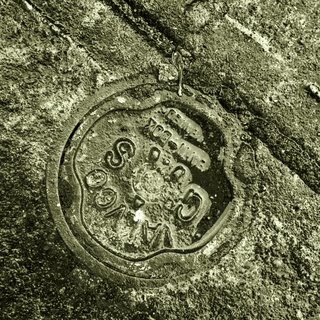
I want to look at this for awhile and consider if any progress has been made in "improving" Ken's original Bronze Quadtone sample.
Looking at a LCD, the "agfa" samples look too green. Ken's Bronze Quadtone sample looks just slightly magenta compared with the original print tones. So, at first pass it appears that the print scan does not match the print tones of the original image. Bummer.


